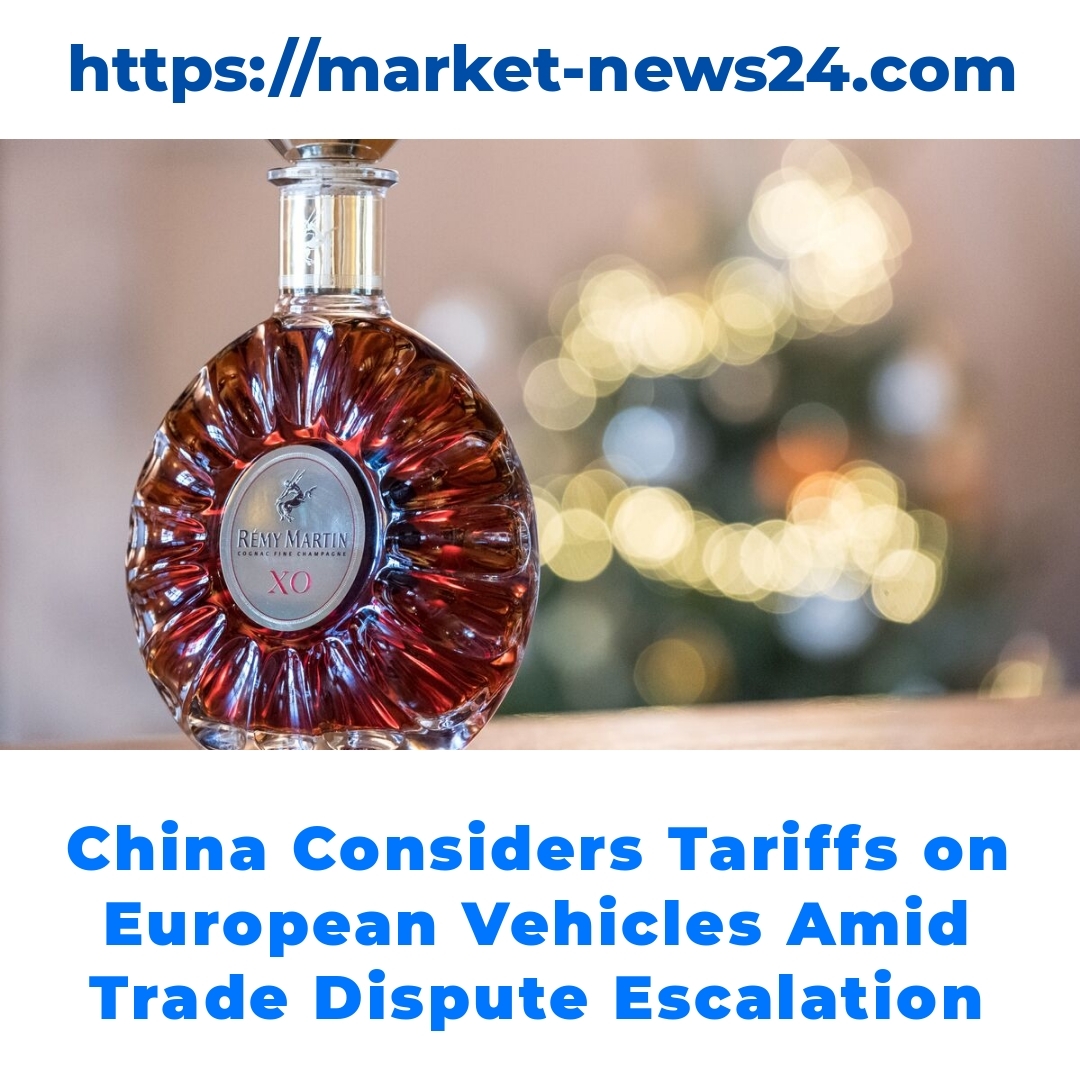The ongoing trade tensions between China and the European Union (EU) have taken center stage with regards to China tariffs on European vehicles. This article explores the critical implications of automotive tariffs, particularly in light of the EU’s recent measures against Chinese electric vehicles and China’s potential retaliatory actions on large-engine vehicles.


Context of the Trade Spat
The trade tensions between the European Union and China have been brewing for some time, and things took a sharper turn recently. The EU decided to impose tariffs on Chinese electric vehicles. This bold move has prompted China to contemplate its own retaliatory measures, specifically looking into tariffs on European large-engine vehicles. It’s a classic trade spat that highlights the growing complexities of international trade relations in today’s world.
The implications of this back-and-forth are significant. When large economies like China and the EU start imposing tariffs on each other, it sends ripples through global markets. Both regions rely heavily on automotive trade, and any disruptions can affect not just car manufacturers but also consumers who are already facing higher prices.
Details of China’s Tariff Investigations
China is currently investigating tariffs on European vehicles, particularly focusing on large-engine models. This investigation isn’t just a procedural step—it could have serious market implications for European automakers. If tariffs are imposed, we could see higher prices for this segment within China, which traditionally represents a robust market for luxury and large-engine vehicles.
Additionally, China is considering levies on brandy imports as a form of retaliation. This kind of tit-for-tat tactic is common in trade disputes and can significantly impact the European automotive industry, which may have to adapt to these new costs or risk losing their competitive edge in the world’s largest automotive market.
Impact of Tariffs on Both Sides
The potential repercussions of China’s tariffs on European automotive vehicles could be profound. If these tariffs come into effect, European manufacturers might see a substantial decline in sales, affecting their bottom lines considerably. As large-engine vehicle sales wrestle with new pricing pressures, we could witness a shift in consumer behavior, with buyers reconsidering their purchases.
On the flip side, the EU tariffs on Chinese electric vehicles are creating their own set of challenges. These tariffs could slow down the growth of Chinese manufacturers who are eagerly pushing their electric vehicles into European markets. The impact of EU tariffs on Chinese electric vehicles could hinder the very progress the EU aims to achieve in green technologies and sustainability.
Broader Implications for EU-China Trade Relations
As China investigates tariffs on European vehicles, the current state of trade relations between the EU and China hangs in a delicate balance. Both sides are now grappling with the ramifications of these automotive tariffs and how they fit into the larger narrative of international economics. This isn’t just about cars—it’s reflective of broader tensions that have been brewing for years, covering technology, trade deficits, and intellectual property issues.
If the situation escalates, we could potentially see a wider conflict that affects other industries as well. However, there’s also the possibility of negotiations leading to a cooler stance. For both China and the EU, finding common ground on trade issues is vital for maintaining stable economic relations in an increasingly interconnected world.
Future Prospects and Conclusion
Looking ahead, the future of China tariffs on European vehicles is uncertain. Ongoing trade negotiations will play a crucial role in determining whether these potential tariffs become a reality or if cooler heads will prevail. To navigate these challenges, both sides will need to engage in constructive dialogue, showing a willingness to compromise for the greater good of their economies.
In summary, understanding the evolving landscape of tariffs and trade relations between China and the EU is more critical than ever. The automotive sector is just one part of a much larger puzzle, and how these trade tensions resolve could set the stage for the future of international trade. Keeping an eye on these developments is essential, as they not only impact manufacturers but also consumers on both sides.
Call to Action
Stay informed on the developments surrounding China-EU trade relations and their global implications. This is a rapidly changing landscape, and understanding these tariffs can offer insights into the future of international trade. For ongoing updates and insights, consider subscribing to news outlets that cover these crucial economic shifts.
FAQ Section
What triggered the trade spat between the EU and China?
The trade tensions escalated when the European Union imposed tariffs on Chinese electric vehicles, prompting China to consider retaliatory tariffs on European large-engine vehicles.
How could these tariffs impact consumers?
If tariffs are implemented, consumers in both regions might face higher prices for vehicles. This could lead to shifts in consumer behavior, as buyers may rethink their purchasing decisions.
What types of vehicles are being targeted by China’s tariff investigations?
China is specifically focusing on large-engine models from European manufacturers as part of its investigation into potential tariffs.
What is the status of European automakers amid this trade tension?
European automakers could see a decline in sales if tariffs are imposed on their vehicles in China, significantly affecting their financial performance.
Could the EU tariffs on Chinese electric vehicles impact environmental goals?
Yes, the tariffs could slow down the growth of Chinese electric vehicle manufacturers in Europe, potentially hindering the EU’s progress towards green technologies and sustainability.
What are the broader implications of this trade spat?
This situation reflects wider tensions in trade relations between China and the EU that include issues like technology, trade deficits, and intellectual property. It may lead to complications in various industries, not just automotive.
What are the future prospects for these tariffs?
The future of tariffs remains uncertain and will largely depend on ongoing trade negotiations. Both the EU and China will need to engage in constructive dialogue to reach a potential compromise.
How can I keep updated on this situation?
Stay informed by subscribing to news outlets that cover economic developments, as these trade relations are rapidly evolving and have significant global implications.





